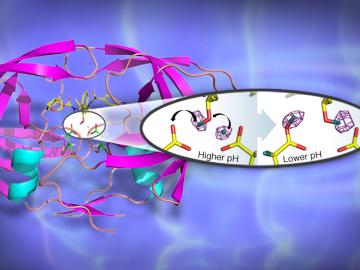
Case closed: Neutrons settle 40-year debate on enzyme for drug design
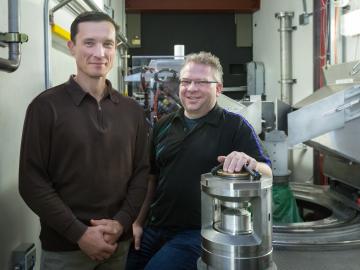
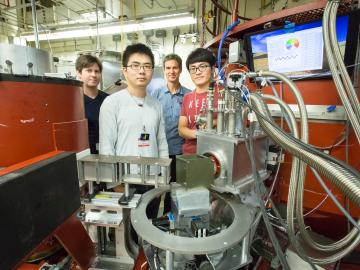
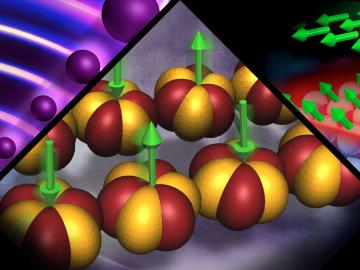
The theories recognized with this year’s Nobel Prize in Physics underpin research ongoing at the Department of Energy’s Oak Ridge National Laboratory, where scientists are using neutrons as a probe to seek new materials with extraordinary properties for applications such as next-generation electronics, superconductors, and quantum computing.
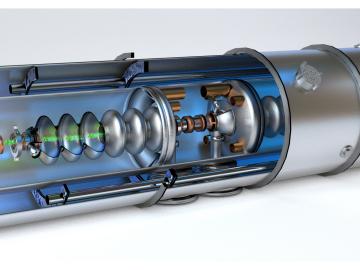
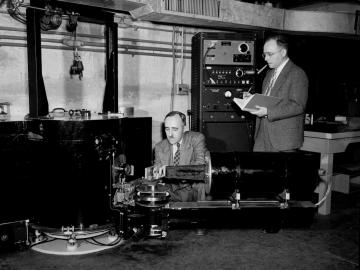
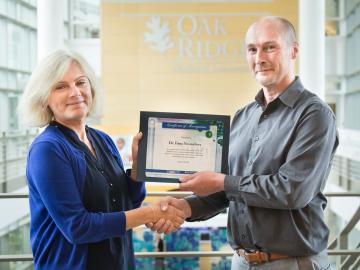

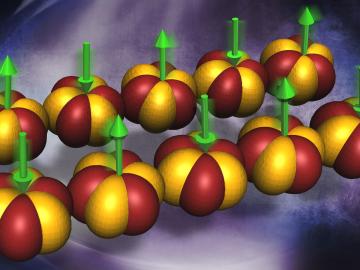
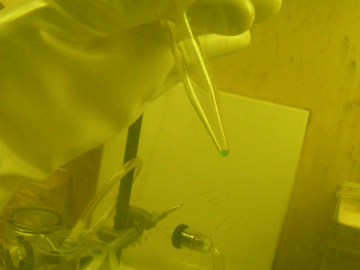
The International Union of Pure and Applied Chemistry (IUPAC) Inorganic Chemistry Division has published a Provisional Recommendation for the names and symbols of the recently discovered superheavy elements 113, 115, 117, and 118.
